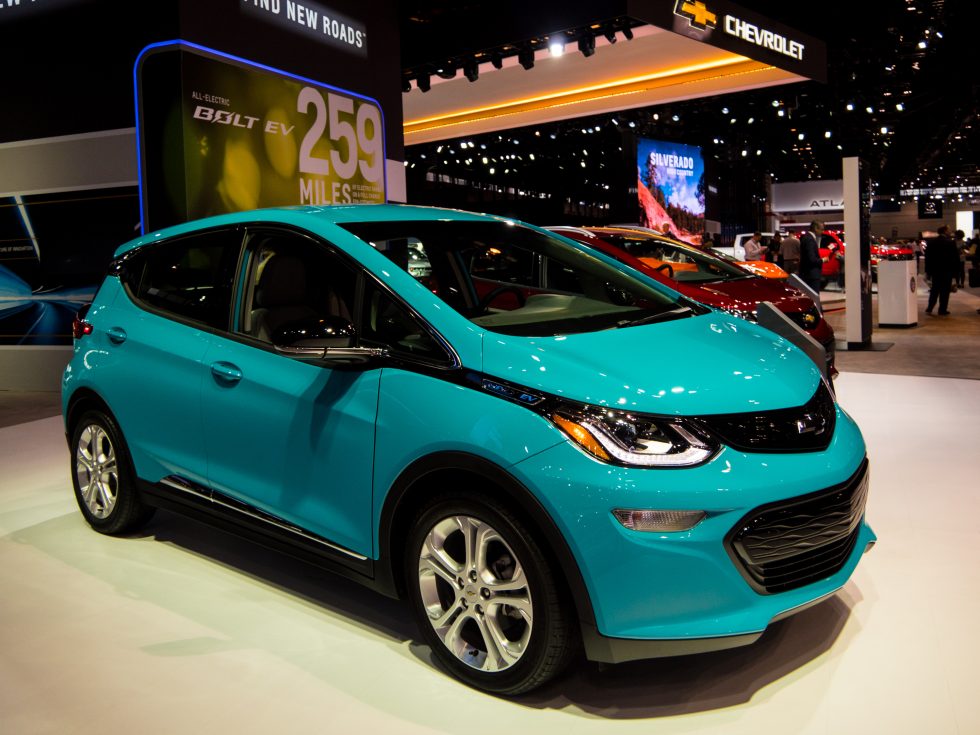-

Three years on since our first drive, the Bolt EV now comes in a range of brighter colors and with a 10 percent bigger battery. But otherwise, has it been left in the dust by newer BEVs with better features? [credit: Jonathan Gitlin ]
When the Chevrolet Bolt EV first took to the streets at the end of 2016, it was a groundbreaking little car—the first battery electric vehicle with more than 200 miles (321km) of range at a price normal people could afford. But three years is an eternity in the electric car world. In the time since the Bolt showed up, similarly priced BEVs have appeared from other automakers, cars with features that the Bolt won't get until its midlife refresh—something that won't now happen until 2021 thanks to COVID-19. But Chevy did recently bump up the Bolt's range with better battery chemistry and a bigger capacity, and it's offering discounts of up to $8,500 on the once-groundbreaking BEV. We spent another week with one to see whether it still measures up.
The main difference between the model year 2020 Bolt EV and the ones we've driven in the past is in the battery. Chevrolet wanted more range, so LG Chem came up with some new lithium-ion chemistry that boosted energy density. The pack is still the same size and shape, and it's still made up of 288 individual cells, but it now has a useable 66kWh (as opposed to 60kWh), and that means an increase of its EPA range from 238 miles (383km) to 259 miles (416km).
Other than that, the compact BEV is pretty much as we knew it at launch. It still has the same 200hp (150kW), 366lb-ft (360Nm) permanent magnet synchronous motor driving the front wheels. It still only DC fast-charges at 55kW, adding 100 miles of range in 30 minutes, although software tweaks mean it should charge more rapidly than before in cold temperatures). And it still doesn't offer adaptive cruise control or the excellent Super Cruise driver assist.
No comments:
Post a Comment